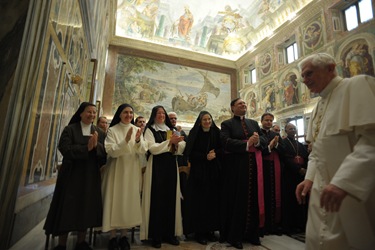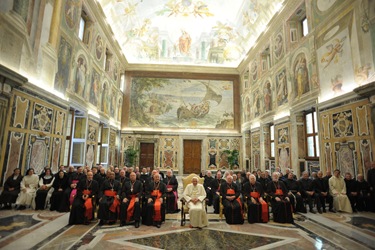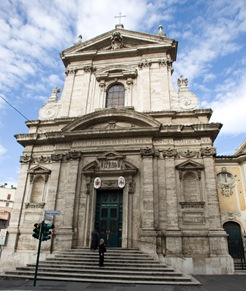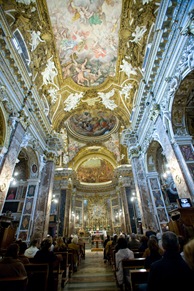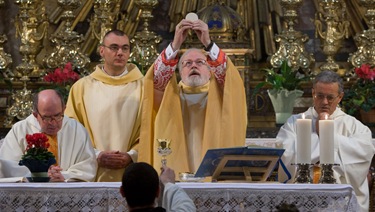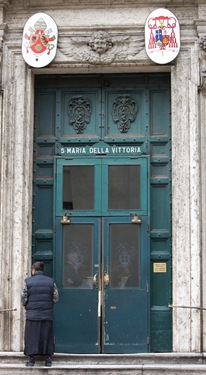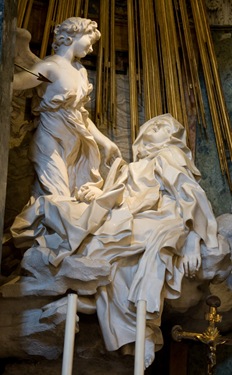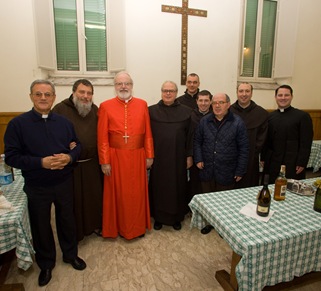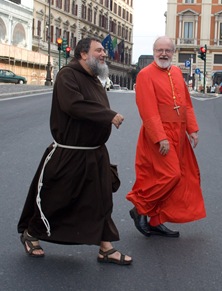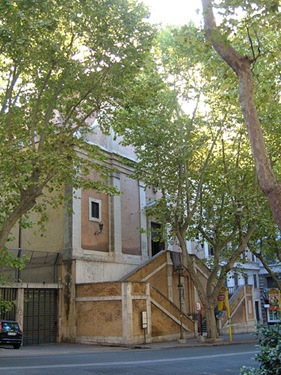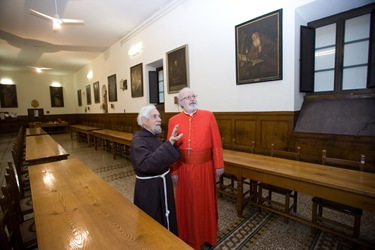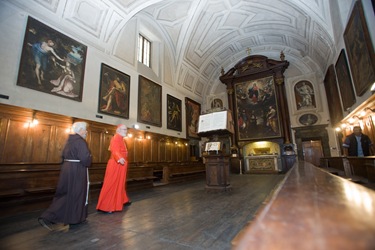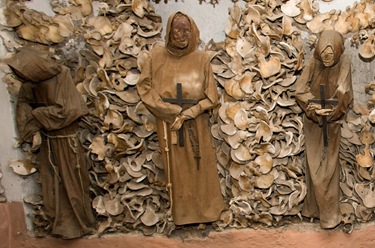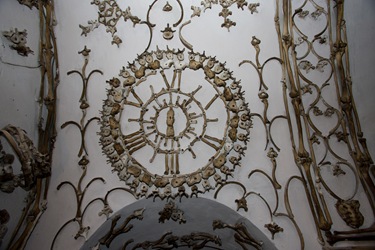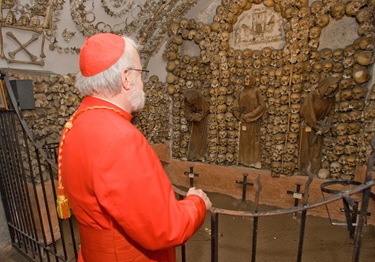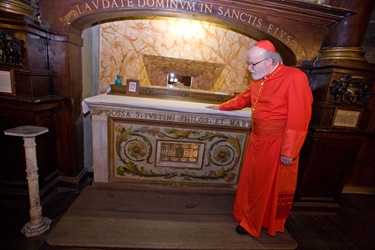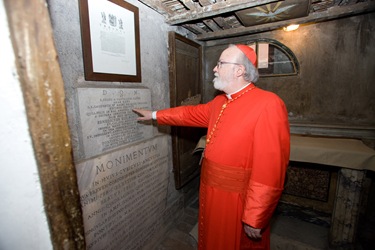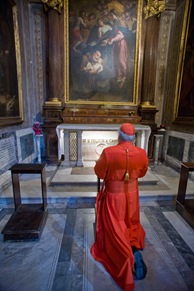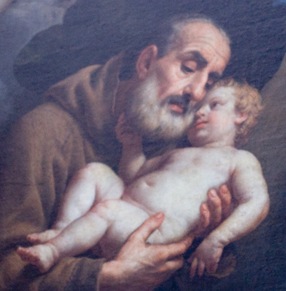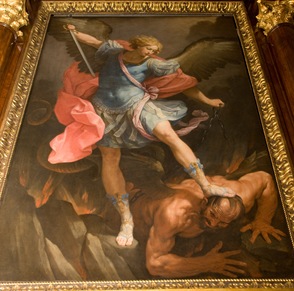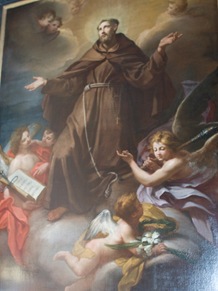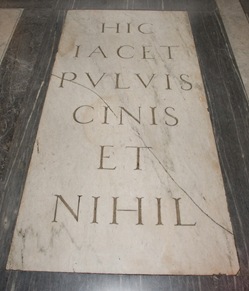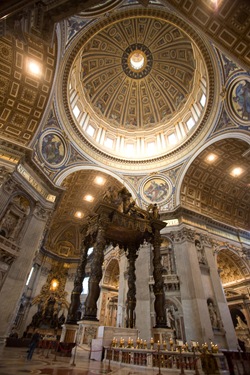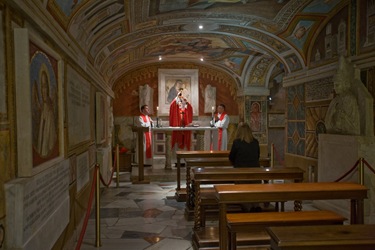This week I traveled to Rome to attend the plenary meeting of the Congregation for Institutes of Consecrated Life and Societies of Apostolic Life, of which I am a member.
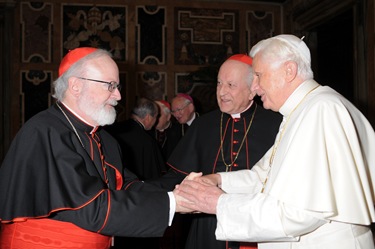
The main theme for the meeting was monastic life and its significance in the Church and the world today.
At the meeting, we tried to address some of the issues and challenges that monastic communities are facing. In Europe and North America we are facing a decline in the number of vocations as well as the progressive aging of monks and nuns. At the same time there are signs of hope. For instance, I met there a young Cistercian nun who is the superior of a flourishing community in Denmark. Also, in other parts of the world like Asia, Africa and Latin America, vocations to monastic life are growing.
Currently, there are 12,876 monks living in 905 monasteries and 48,493 contemplative nuns living in 3,520 monasteries, two-thirds of which are found in Europe. Spain has, by far, the most of any country.
At the plenary meeting there were cardinals, bishops and religious. Among those attending were the Father General of the Franciscans, Father Jose Rodriguez Carballo and Father Aldolfo Nicolas, the Father General of the Jesuits. There were also a number of monks and nuns, who made presentations on the experience of monastic life in the Church today.
During the plenary meeting, Cardinal Franc Rode, who is the prefect of the Congregation, told us how fondly he remembered his trip to Boston in September and the Symposium on Religious Life he attended at Stonehill College.
One of the highlights of the trip was the Congregation’s audience with the Holy Father on Thursday. The audience was at the Sala Clementina or Clementine Hall, which is a magnificent hall inside the Vatican, where the pope holds his larger audiences. The ceiling is two stories high and was built by Pope Clement VIII.
The pope greeted all of us personally and made an address. Though, as of today, the full text of the Holy Father’s remarks is available online only in Italian, I did find a Vatican Information Service bulletin which gives a nice summary of the pope’s remarks in English:
The Pope today received participants in the plenary assembly of the Congregation for Institutes of Consecrated Life and Societies of Apostolic Life, which is celebrating its hundredth anniversary this year. The assembly was held from 18 to 20 November.
Having recalled the theme of the meeting — “Monastic life and its significance in the Church and the world today” —the Holy Father indicated that “consecrated persons are a special part of the People of God. Supporting and protecting their faithfulness to the divine call is the fundamental role you play”, he told the members of the dicastery.
Benedict XVI expressed the view that the work of these days, “which focused particularly on female monastic life, may provide useful guidance to monks and nuns who ‘seek God”, practising their vocation for the good of the whole Church”. In this context he recalled how during his address last September to the world of culture in Paris, France, he had “highlighted the exemplary nature of monastic life in history, and underlined how its aim is both simple and essential: ‘quaerere Deum’, seeking God and seeking Him through Jesus Christ Who revealed Him, seeking Him by fixing one’s gaze on the invisible truths that are eternal, in the expectation of the glorious manifestation of the Saviour”.
“When consecrated people live the Gospel radically, when people dedicated to an entirely contemplative life profoundly cultivate the nuptial bond with Christ, … then monasticism can, for all forms of religious and consecrated life, become a reminder of what is of essential and primary importance for all the baptised: seeking Christ and placing nothing before His love.
“The way indicated by God for this search and this love is His own Word”, the Pope added, “abundantly present in the books of Sacred Scripture for mankind to reflect upon”.
The recent Synod on the Word of God “renewed its appeal to all Christians to root their lives in listening to the Word of God as contained in Sacred Scripture, and invited religious communities in particular, and all consecrated men and women, to make the Word of God their daily sustenance, especially through the practice of ‘lectio divina’”.
The Holy Father concluded by expressing the hope that “monasteries may increasingly become oases of ascetic life, where the allure of the nuptial union with Christ is felt, and where the choice of the Absolute … is immersed in a climate of constant silence and contemplation”.
– – –
Another highlight of the trip was a visit to my titular church in Rome, Santa Maria della Vittoria, or Our Lady of the Victory.
The Carmelite Fathers who operate the church arranged for me to celebrate Mass there Sunday. Though it is a magnificent church, it is fairly small, so it was filled to capacity.
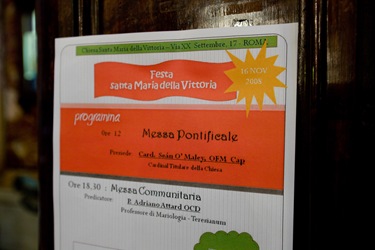 The bulletin on the door announcing that I will celebrate the Mass
The bulletin on the door announcing that I will celebrate the Mass
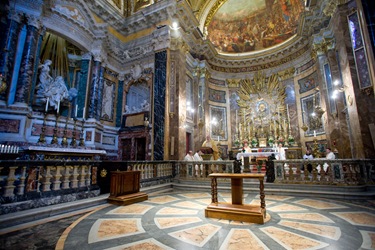 The interior of Santa Maria della Vittoria
The interior of Santa Maria della Vittoria
The choir was lovely and I was joined by the Capuchin Roman Provincial, Father Carmine De Filippis, and many of the friars.
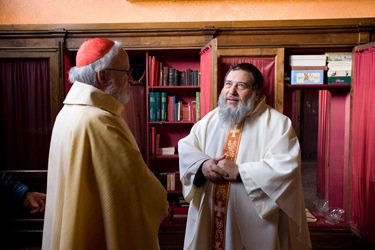 Speaking with Father De Filippis before the Mass
Speaking with Father De Filippis before the Mass
Hanging over the door of the church you can see the pope’s coat of arms to the left and mine to the right, indicating it is my titular church.
One of the first cardinals to have Santa Maria della Vittoria as his titular Church was Napoleon’s uncle, Cardinal Joseph Fesch.
They say that Napoleon wanted to take the beautiful Bernini statue of the Transverberation of St. Teresa back to Paris but his uncle stopped him. They told me that story when I said I wanted to bring the statue back to Boston!
After the Mass, with the Carmelite friars who are in charge of Our Lady of the Victory Church. I am very thankful of all their work there and very grateful of their welcoming every time I visit.
After the Mass, the Capuchin provincial invited us to visit the Capuchin Church of the Immaculate Conception.
The Church and convent, which is located on the Via Vittorio Veneto, was built by a Capuchin cardinal, Cardinal Antonio Barberini, who was the brother of Pope Urban VIII. The church, built in the 17th century, is the first in Rome that was named for the Immaculate Conception of Mary.
It is a very historical church, but it is mostly known because of its crypt-ossarium, a capuchin cemetery, that contains the skulls and skeletons of nearly 4,000 capuchin friars buried there between 1528 and 1870.
Pope Urban brought the remains of St. Justin Martyr to this Church which are located under the altar. St. Justin is one of the most well known martyrs of the early Church. He was martyred in the second century.
St. Felix of Cantalice, one of the first capuchin saints is also buried there. His feast day is May 18. You can read about his life here.
There are also beautiful paintings, including this one of the Archangel Michael fighting Lucifer, painted by Guido Reni.
Also in the church is this painting of St. Fidelis of Sigmaringen. Born in 1577 in current day Germany, Mark Roy — he took the name Fidelis upon entering the order — was a lawyer who eventually became a capuchin friar. You can read more about him here.
The Church is the burial place of several Capuchin cardinals, which are in the central aisle.
Among those is the tomb of Cardinal Barberini, whose epitaph reads “Hic iacet pulvis cinis et nihil” which means. “Here lies dust, ashes and nothing.”
On Thursday, after the audience with the Holy Father, we had Mass in the Chapel of the Madonna of Partorienti. The chapel is in one of the grottoes underneath St. Peter’s Basilica very near the tomb of St. Peter. I offered for the people of Boston and particularly for God’s blessing upon us on this Bicentennial year.
On Sunday, we will be celebrating the closing of the Bicentennial year of the archdiocese with a Mass that will take place at the Cathedral of the Holy Cross at 2 p.m. We are looking forward to that beautiful liturgy and I encourage all of you to attend.
In Christ,
Cardinal Seán

